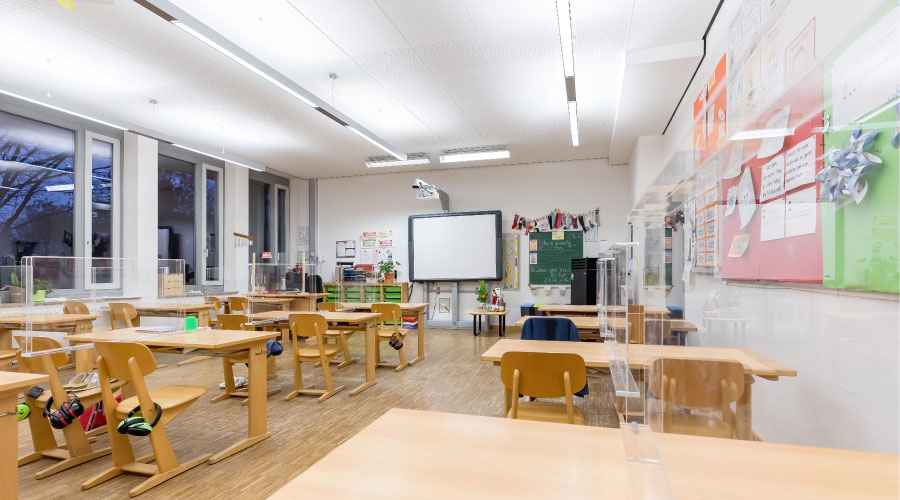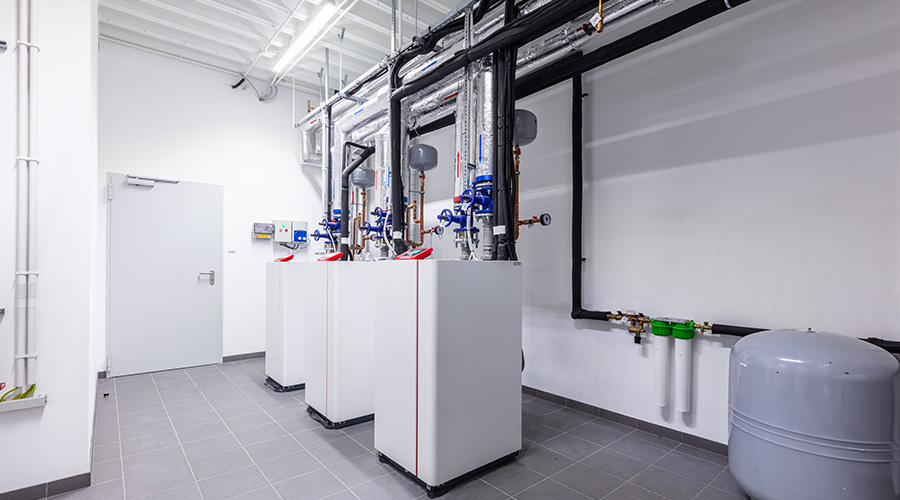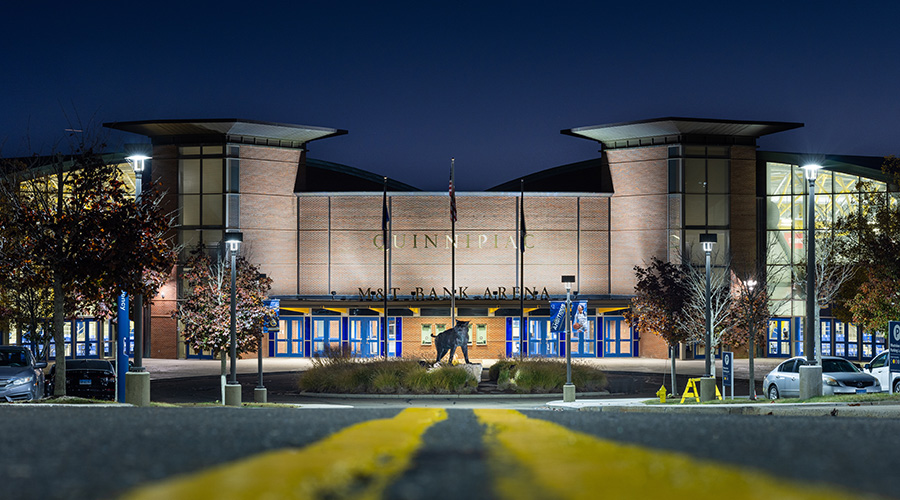Heat Exchangers Eliminate Pressure Differential
The difference in elevation between the new tower and the existing building was a primary cause of the engineering and maintenance challenges Morris and his staff faced, especially as they related to HVAC.
“We used the existing boilers (from the hotel and casino) for the heating system,” Morris says. “We added heat exchangers to separate the systems — the old from the new — and created enough head pressure for the new tower so it wouldn’t affect the boiler operation at a lower pressure.”
Morris considers adding the heat exchangers to be a medium-sized project. Technicians dedicated a great deal of time, paid attention to detail, and performed the required engineering, but he says the retrofit was nearly flawless, aside from a few kinks and bugs technicians ironed out.
“We had some problems with the initial installation of the heat exchangers and had to do some re-modification and re-engineering just because the pressure differential was so great,” Morris says. “Ultimately, using the heat exchangers and making some modifications, we were able to pull it off.”
While the new hotel shares boiler operation with the casino, the resort did install chillers for the new tower. Morris and his team also specified a four-pipe HVAC system for the addition.
“We wanted to use the four-pipe system so we could both heat and cool the different areas at the same time,” he says. “Our guests being the main concern, we wanted to make sure it was comfortable for them.”
Related Topics:















